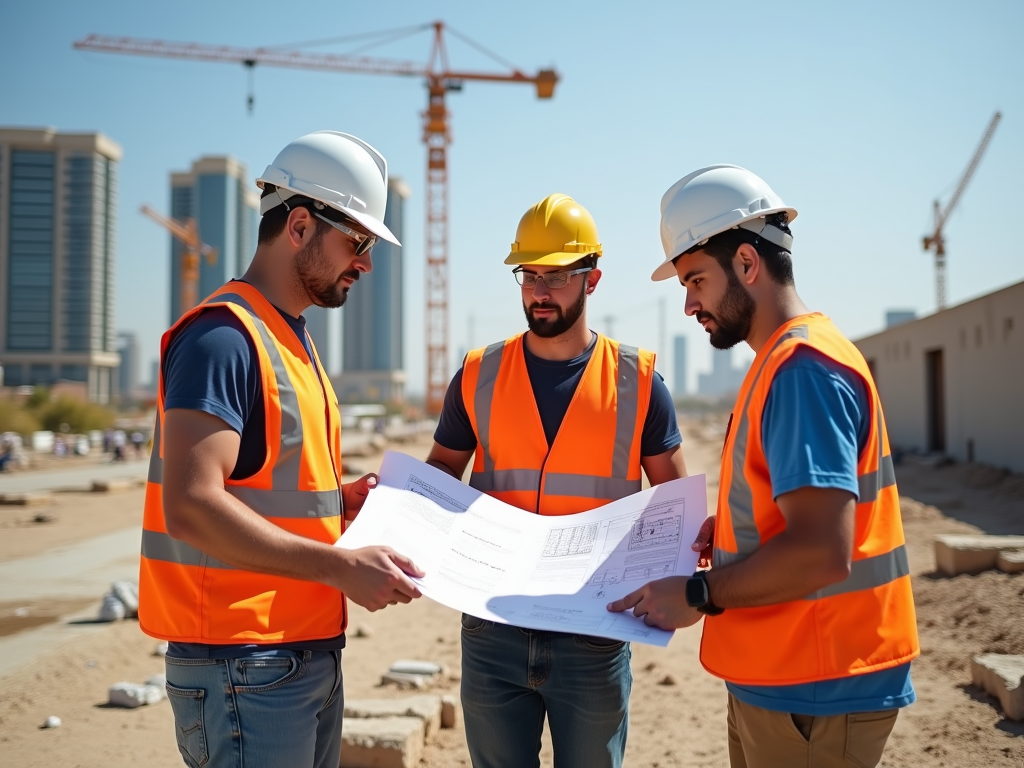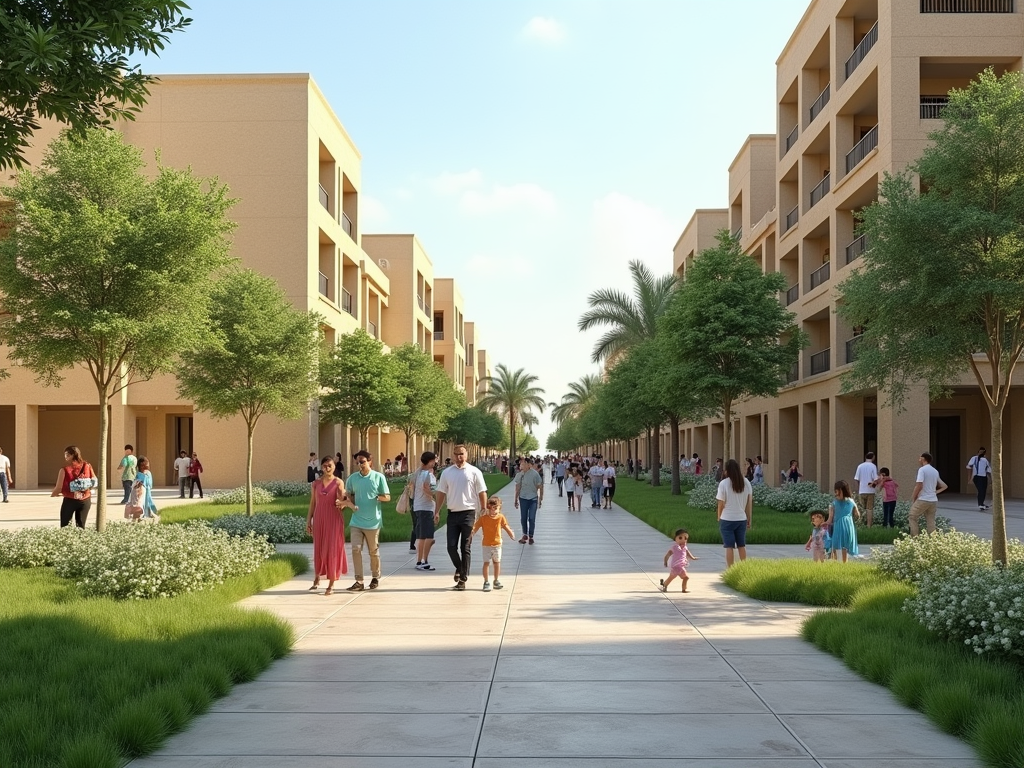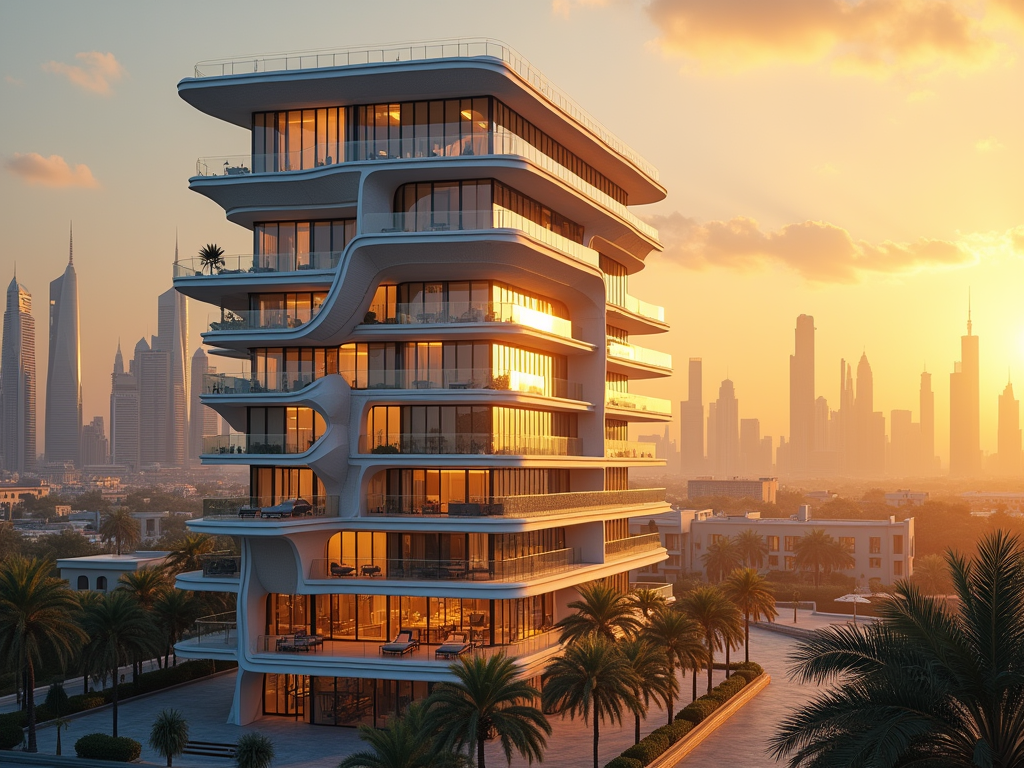Dubai has recently introduced a series of new building regulations designed to enhance safety, sustainability, and efficiency in construction. These regulations are a significant step towards modernizing the architectural landscape of this vibrant city, ensuring that developments are not only aesthetically appealing but also environmentally friendly and safe for its residents. This article delves into the new building regulations in Dubai, exploring their implications for developers, architects, and residents alike.
Overview of the New Regulations

The new building regulations in Dubai focus on various factors that contribute to overall urban quality and sustainability. These rules were implemented after extensive consultations with industry stakeholders to ensure they reflect the latest architectural trends and safety protocols. Here are the key areas covered by the new regulations:
- Sustainability Standards: Buildings must meet specific energy efficiency criteria to reduce carbon footprints.
- Fire Safety Codes: Enhanced protocols to safeguard structures against fire hazards.
- Building Materials: Requirements for eco-friendly and durable materials.
- Land Use Regulations: Guidelines for appropriate land usage based on environmental assessments.
- Accessibility Standards: Ensuring all buildings are accessible to individuals with disabilities.
Impact on Developers and Architects

For developers and architects, these new regulations underscore the importance of on-site compliance and adherence to modern construction techniques. To keep pace with these changes, professionals in the industry must adjust their designs and project plans. This shift is not just regulatory but also enhances the overall value of their projects. Here are some specific impacts:
- Higher Compliance Costs: Initial investment in training and new technologies may temporarily increase expenses.
- Innovation in Design: Architects are encouraged to explore sustainable design principles.
- Economic Opportunities: Regulations can lead to the emergence of new businesses focusing on green construction and technology.
- Streamlined Processes: With technology integration, approval processes may become faster and more efficient.
The introduction of new building regulations in Dubai extends beyond the construction community; it has profound implications for residents. Ensuring a high quality of living requires integrating safety, sustainability, and accessibility into urban planning. Residents can expect several benefits:
- Enhanced Safety: Stricter fire safety and building codes lead to safer living environments.
- Improved Air Quality: Eco-friendly materials contribute to cleaner air within residential and commercial spaces.
- Long-term Cost Savings: Energy-efficient buildings can reduce utility bills over time.
- Increased Accessibility: Improved public spaces and buildings that cater to all individuals promote a more inclusive community.
Conclusion
Dubai’s new building regulations are a progressive step towards creating a sustainable, safe, and inclusive urban environment. While there are challenges ahead for developers and architects in adapting to these regulations, the long-term benefits for the community are undeniable. As these changes take root, they will contribute to a thriving city that prioritizes safety, sustainability, and inclusivity. Embracing these regulations is essential for ensuring that Dubai remains a leading example of modern urban development.
Frequently Asked Questions
1. What are the main goals of Dubai’s new building regulations?
The primary goals of the new regulations include enhancing safety, promoting sustainability, ensuring efficient land use, and improving accessibility across all buildings in Dubai.
2. How will these regulations affect construction costs?
Initially, the regulations may increase construction costs due to the need for compliance, training, and possibly new materials. However, long-term benefits such as energy savings may offset these costs.
3. Are there penalties for non-compliance with the new regulations?
Yes, developers and contractors may face various penalties, including fines or project delays, if they fail to comply with the new building regulations.
4. What role do eco-friendly materials play in the new regulations?
Eco-friendly materials are essential in the new regulations as they help reduce the overall carbon footprint of buildings and promote sustainability within the community.
5. How are residents expected to benefit from these regulations?
Residents will benefit from improved safety features, better air quality, lower utility costs, and enhanced accessibility in buildings and public spaces.
